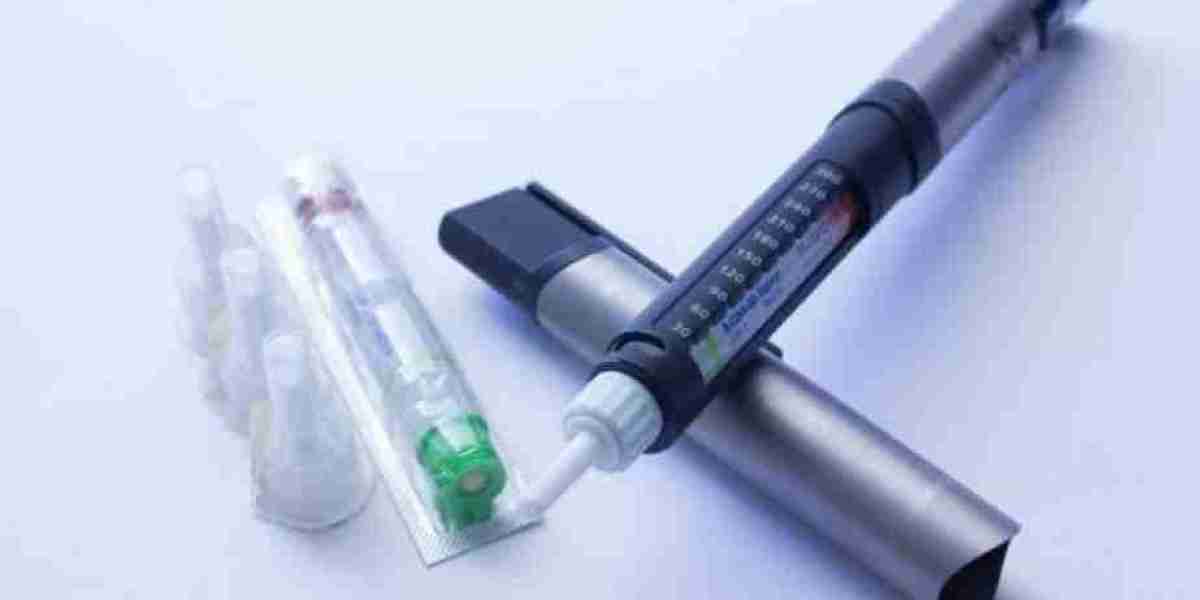The global insulin pen market has witnessed significant growth in recent years, driven by increasing diabetes prevalence, patient preference for convenient drug delivery, and advancements in insulin pen technology. Insulin pens, designed to offer a user-friendly and accurate method of insulin administration, have rapidly become a popular alternative to traditional syringes. With the rising incidence of diabetes worldwide, these devices are gaining momentum across healthcare systems and among patients seeking better diabetes management.
One of the key drivers behind the insulin pen market's expansion is the global rise in diabetes cases. According to the International Diabetes Federation, over 537 million adults were living with diabetes in 2021, and this number is expected to reach 643 million by 2030. This alarming increase in diabetic populations, particularly in emerging economies, is fueling demand for advanced insulin delivery systems. Insulin pens are especially favored among patients for their ease of use, portability, and reduced pain compared to conventional methods.
Technological innovations are playing a pivotal role in the market's development. Smart insulin pens equipped with Bluetooth technology, dose-tracking features, and integration with diabetes management apps are revolutionizing the way patients and healthcare providers monitor insulin use. These smart devices allow users to record doses, track timing, and receive alerts, ultimately improving medication adherence and glycemic control. Companies such as Novo Nordisk, Eli Lilly, and Sanofi are at the forefront of integrating digital capabilities into their insulin pen offerings.
From a product segmentation standpoint, the market is categorized into reusable and disposable insulin pens. Reusable pens, which are often paired with replaceable insulin cartridges, appeal to cost-conscious consumers and are considered environmentally friendly. Disposable pens, on the other hand, offer convenience and minimal maintenance, making them ideal for first-time users and those with limited dexterity. The preference between these two types often depends on individual patient needs and healthcare provider recommendations.
Geographically, North America currently holds the largest share in the global insulin pen market, supported by a robust healthcare infrastructure, high awareness levels, and the presence of key market players. However, Asia-Pacific is anticipated to witness the fastest growth during the forecast period, attributed to a surging diabetic population, increasing healthcare expenditures, and improved access to modern medical technologies. Countries like China and India are leading this regional expansion due to their high diabetes burden and rapidly evolving healthcare systems.
The market is also witnessing favorable regulatory environments, with governments and health organizations emphasizing early diagnosis and efficient management of diabetes. Various health insurance schemes and reimbursement policies are encouraging patients to adopt insulin pens for long-term treatment. Moreover, the growing trend of home-based care and telemedicine is reinforcing the shift toward user-friendly insulin delivery devices.
Despite these promising trends, the insulin pen market faces challenges. High costs associated with smart insulin pens, especially in low-income countries, pose a barrier to widespread adoption. Additionally, lack of awareness and education about diabetes management tools in certain regions continues to limit the market's reach. Manufacturers and healthcare organizations must work collaboratively to address these issues through awareness campaigns, training programs, and pricing strategies.
Looking ahead, the insulin pen market is poised for sustained growth. Continued innovation, expanding patient education, and increased investment in healthcare infrastructure will likely accelerate market expansion. Companies are expected to focus on developing eco-friendly, cost-effective, and technologically advanced pens to meet evolving patient needs.
In conclusion, the insulin pen market is a dynamic and growing segment within the diabetes care industry. As the global burden of diabetes increases and the demand for user-friendly treatment options rises, insulin pens are becoming a vital component of diabetes management. With ongoing advancements and broader healthcare access, this market holds strong potential for future development and improved patient outcomes.




